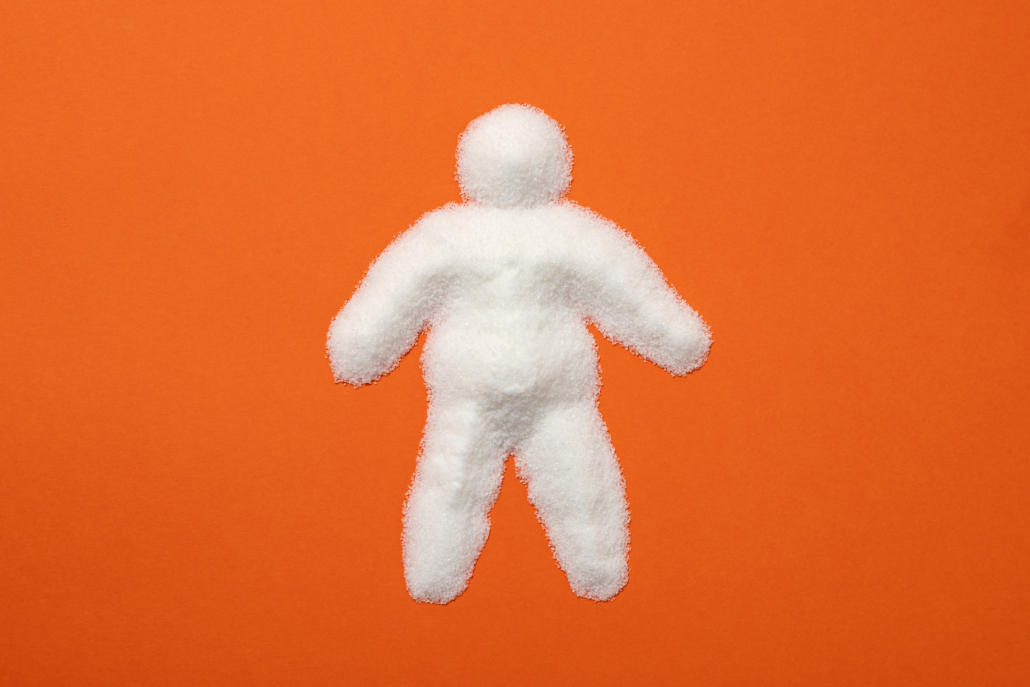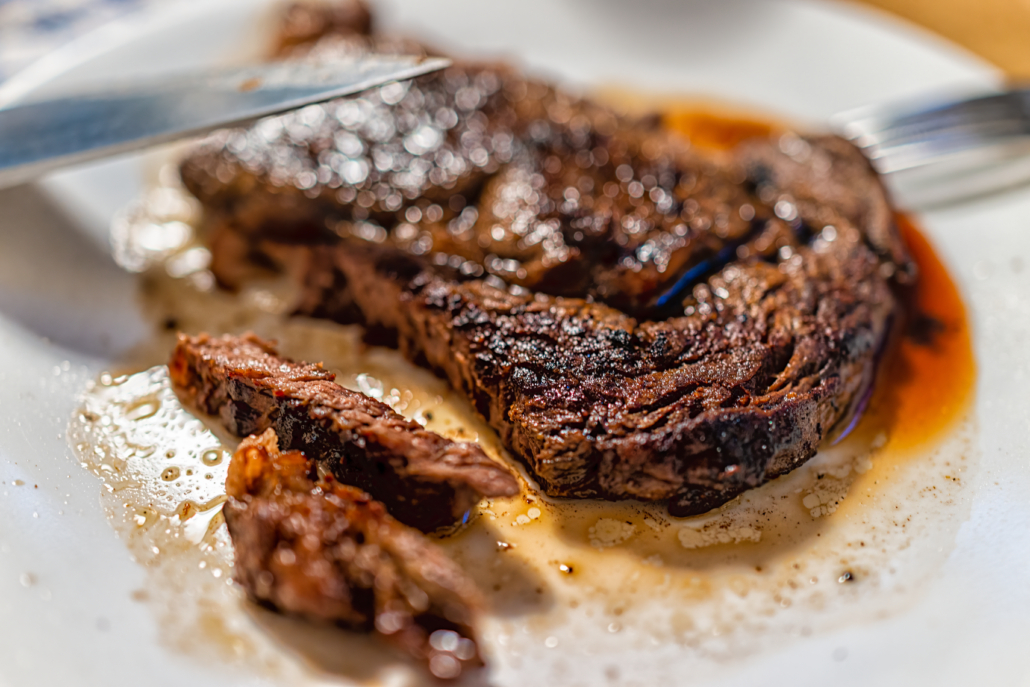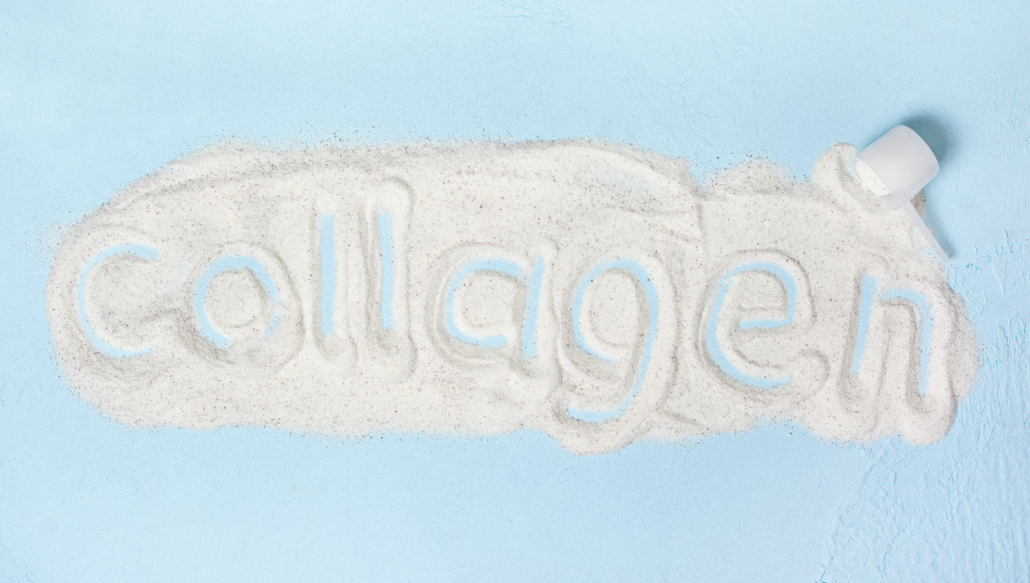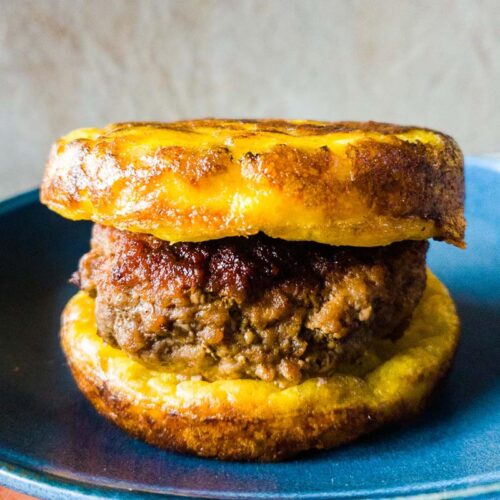We include products in articles we think are useful for our readers. If you buy products or services through links on our website, we may earn a small commission.
What is the Lectin Free Diet? And What is it Good For?
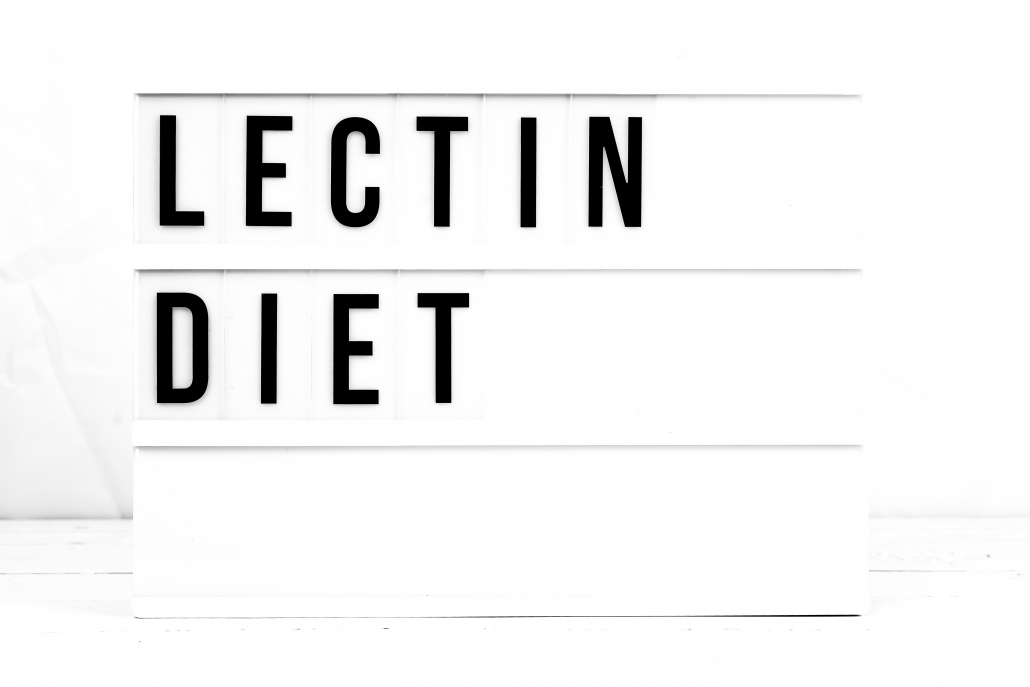
Table of Contents
Lectins are proteins found mainly in legumes and grains. A lectin-free diet is a way to eliminate foods high in lectins, and to prepare some lectin-containing foods in ways that reduce issues like inflammation and leaky gut.
Though the research is still emerging, lectins may cause poor digestion, inflammation, and contribute to various health issues in some people.
This article explores the health effects of eating lectins, high-lectin foods to look out for, and how to prepare food to reduce lectins.
What is Lectin?
Lectins are a type of protein that binds to the carbohydrates in plant foods. They’re found in abundance in high-carb plant foods like legumes and grains.
According to Dr. Steven Gundry, “They’re one of the principal plant defense mechanisms against being eaten or having their seeds eaten.” [3]
Lectins are known as antinutrients in the sense that they are indigestible and interfere with the absorption of other important nutrients like calcium, iron, and zinc. [1]
When you consume lectins they can attach to your intestinal cells and remain there for extended periods of time. When this occurs lectins can trigger autoimmune responses in susceptible groups. [2]
Why are Lectins Dangerous?
Lectins are found in virtually every type of organism in the world, including plants, animals, humans, and small microbes. Could they really be harmful?
Recent research suggests that they certainly can be.
Lectins are ‘sticky’ proteins that can bind to sugar molecules present in our joints, between our nerve junction, within our myelin sheathes, and between our intestinal cells. This binding effect can lead to glycosylation and other problems. It may even be a root cause of heart disease.
Eating the wrong kind of lectins (or eating too many lectins) can lead to serious side effects like malnutrition, food poisoning, and digestive problems.
Malnutrition
Lectins are antinutrients, which means they reduce the absorption of the nutrients found in foods. In fact, many plant foods rich in certain nutrients also contain high levels of lectins that prohibit any net nutrient absorption. [4]
Eating high amounts of lectins over long periods of time may lead to deficiencies of:
- Calcium
- Iron
- Zinc
- Copper
Poisoning
Some types of lectins are more poisonous than others. Castor beans and several other plants contain a poisonous lectin called ricin. [5]
Less poisonous lectins can negatively impact your health, too, since they often travel in packs alongside other plant-based antinutrients:
- Phenols
- Tannins
- Agglutinins
- Trypsin inhibitors
Some experts also view the polyunsaturated fats present in many plants and their seeds as semi-poisonous antinutrients. These fats can inhibit trypsin and other types of proteolytic enzymes, resulting in even poorer nutrient absorption. [6]
Digestive Problems
As mentioned above, lectins can bind to the sugar molecules that protect the intestinal tract, leading to cumulative damage in the long run. Reducing lectins is also a part of dietary protocols to treat leaky gut.
A lectin called phytohemagglutinin is especially damaging to the gut lining; ingesting it can cause stomach pain, nausea, vomiting, and diarrhea. [7]
What is the lectin-Free Diet?
A lectin-free diet is any type of diet that limits lectin consumption. Since lectins are in almost everything, completely eliminating them isn’t a realistic goal.
The lectin-free diet may be most beneficial for people with IBS, IBD, Crohn’s, autoimmune diseases, and food sensitivities. [8]
Going lectin-free requires eliminating several different types of foods, including:
- Beans
- Nightshade veggies
- Dairy products
- Grains
We’ll go into deeper detail on what to avoid — and why — later. For now its worth noting that the ideal lectin-free diet advocates for swapping out high-lectin foods with alternatives, including:
- Pastured beef
- Pastured beef organs
- Pastured eggs
- Low-carb fruit
- Low-antinutrient veggetables
- Nuts
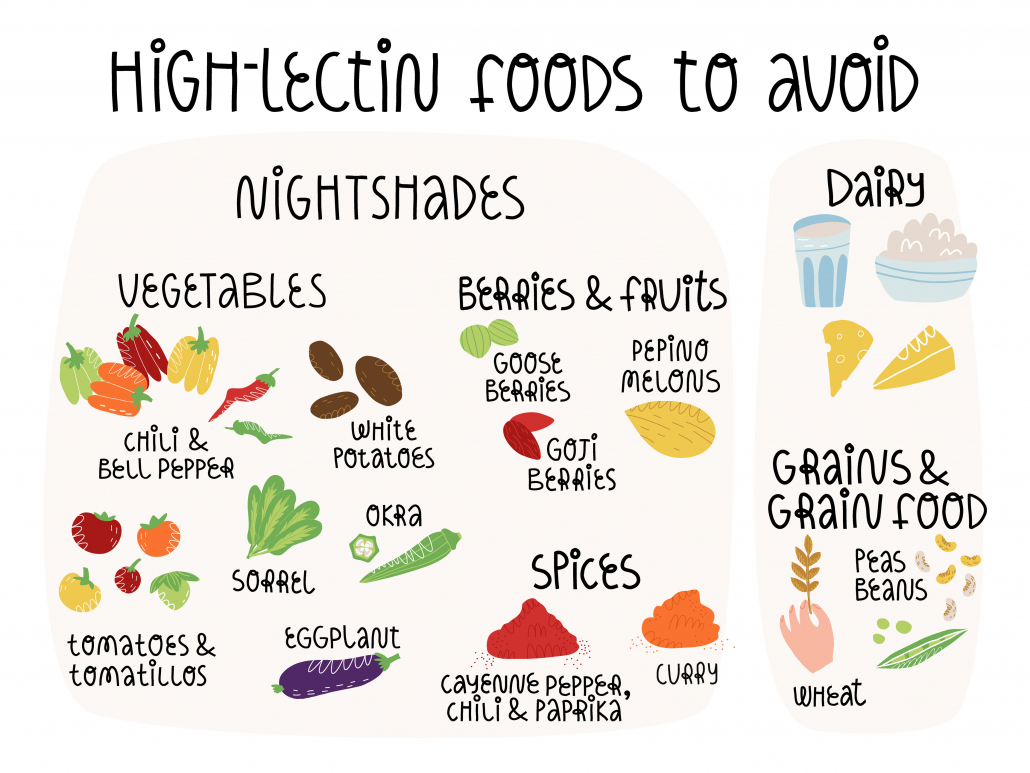
Health Effects of Lectins
Lectins factor in a variety of unhealthy effects. These include:
- Increased inflammation
- GMO-driven irritation
- Increased gut permeability
Lectins and Inflammation
Lectins can be inflammatory foods. Studies show that lectins can heighten the inflammatory effects of pre-existing conditions like IBS and autoimmune conditions like rheumatoid arthritis. [9]
You may also be more likely to experience negative effects from eating lectins if you have irritable bowel syndrome (IBS) or leaky gut. For people with these conditions, lectins are so inflammatory that their effects can be felt almost immediately.
That being said, some lectins, like gluten, are almost universally inflammatory. You don’t have to have any preexisting conditions to experience inflammatory symptoms post-consumption.
Lectins and GMO-related Irritation
Many lectins are also highly allergenic. One such lectin, called prohevein, is naturally present in rubber and synthetically present in some genetically modified foods.
That might sound like something out of a dystopian sci-fi flick, but it’s true: GMO tomatoes have had the prohevein lectin transgenically added to their genetic code due to its anti-fungal properties.
Some experts forecast future tomato allergy outbreaks among latex-sensitive individuals. While other unexpected GMO-related allergies might become more prevalent in the near future. [10]
This possibility was first brought to light in 1998, when Doctor Arpad Pusztai disclosed that lab rats who were fed GMO potatoes with an insecticidal lectin gene developed damaged immune systems, kidneys, spleens, and brains.
Despite having been a distinguished researcher in his field for more than 3 decades, and despite the fact that a consortium of twenty scientists concluded that Dr. Pusztai’s claims were warranted, his testimony has been ridiculed by corporately funded ‘experts.’ [11]
Lectins and Increased Gut Permeability
Lectins are also major factors in a condition called leaky gut. Harvard Medical School’s Dr. Alessio Fasano’s work was the first to prove that the wheat lectin gluten contributed to leaky gut by binding to intestinal sugar molecules and breaking apart the intestine’s tight junctions. [12]
Lectin-induced leaky gut (gut permeability) can trigger autoimmune diseases like Sjogren’s and rheumatoid arthritis. [13]
Dr. Steven Gundry estimates that 90% of his autoimmune patients have experienced radical improvement from eliminating lectin sources from their diets.
High Lectin Foods
As we touched on earlier, following a lectin-free diet can be as simple as eliminating the following foods:
- Beans
- Nightshade veggies
- Dairy products
- Grains
Let’s take a look at these food groups one by one.
Lectins in Beans
Of all the food groups that contain lectins, beans are the worst offenders. Nearly all beans, lentils, peas, soybeans, and peanuts contain high amounts of lectins — and these lectins can’t always be cooked or prepared out of these foods.
Raw red kidney beans contain unusually high levels of a lectin called phytohaemagglutinin. Nutritional analysis shows that red kidney beans contain 20,000–70,000 hemagglutinating units (hau) per serving.
Eating as little as five of these beans raw can lead to lectin toxicity. Symptoms include extreme nausea, vomiting, and diarrhea. Once they’re cooked these beans contain only 200–400 hau per serving, which is safe but certainly still not ideal. [14]
Soybeans are also high in lectins and other nutrients, notwithstanding their goitrogenic and estrogenic effects. [15]
Lectins in Grains
Most grains contain gluten and other potentially harmful lectins. This is true of:
- Barley
- Rye
- Quinoa
- Rice
Raw wheat is the highest-lectin food in this category. Wheat germ is also very high in lectins. These foods contain around 3000 mcg of lectins per 100-gram serving.
On the bright side, the lectins in grains can be eliminated almost entirely by proper preparation methods. [16]
Whole-wheat flour contains roughly 300 mcg per serving, while cooked pasta’s lectin levels are undetectable. [17]
If you eat wheat, be sure to properly prepare it to reduce lectins and other antinutrients.
Lectins in Peanuts
Unlike some of the other foods on this list, the lectins in peanuts don’t appear to be reduced by heating.
One study found lectins present in the bloodstream of people who ate both raw and roasted peanuts, implying that lectin content wasn’t reduced by roasting. [18]
Lectins in Tomatoes
Tomatoes and other nightshade vegetables are high-lectin foods. That being said, no human studies have shown that the amounts of lectins present in tomatoes negatively impact human health. [19]
Tomato lectins may not be a problem for those who don’t have underlying health conditions.
Can Lectins be Beneficial?
Not all experts are in agreement on the dangers of plant lectins. Some feel that the pros of veggies (i.e, their alkalinity, antioxidants, etc) outweigh the cons of plant toxins and antinutrients.
A 2020 study from the International Journal of Biological Macromolecules stated acknowledged the presence of harmful lectins in plants while also identifying the anti-inflammatory properties of some lectins.
The lectins LAL and PELa, for example, can reduce inflammation and appear to have unusual effects on the body’s pain-sensing TRPV receptors. [20] The lectin-inflammation link is yet another area of food science that needs more research.
Lectin-Free Foods Chart
Animal products are generally lower in lectins than any other types of foods.
Low Lectin Animal products
| Food | Lectin content |
| Fish | Very low |
| Beef | Very low |
| Chicken | Very low |
| Eggs | Very low |
Plant Foods
| Food | Lectin content |
| Apples | Low |
| Arugula | Low |
| Avocadoes | Low |
| Beets | Low |
| Blackberries | Low |
| Broccoli | Low |
| Cabbage | Low |
| Carrots | Low |
| Cauliflower | Low |
| Cherries | Low |
| Collard greens | Low |
| Kale | Low |
| Mixed greens | Low |
| Lemons | Low |
| Limes | Low |
| Mushrooms | Low |
| Onions | Low |
| Oranges | Low |
| Radishes | Low |
| Raspberries | Low |
| Scallions | Low |
| Strawberries | Low |
| Sweet potatoes | Low |
As you can see, many keto veggies are also low-lectin veggies.
Nuts
| Food | Lectin content |
| Almonds | Low |
| Flax seeds | Low |
| Hemp seeds | Low |
| Macadamia nuts | Low |
| Pecans | Low |
| Pistachios | Low |
| Pine nuts | Low |
| Walnuts | Low |
Just as with the veggies above, many low-lectin nuts are also low-carb keto nuts. Just remember to enjoy nuts in moderation for other reasons — namely their high omega-6 and high fiber content. [21]
Lectin-Free Foods: Healthy Fats
Lectins are proteins that attach themselves to glucose molecules, which means that fats that come separate from glucose are by default low in lectins.
Healthy fats like ghee, tallow, coconut oil, and olive oil, are all healthy additions to the lectin-free diet.
Lectin-Free Diet Tips
The lectin-free diet can feel restrictive to some people, but there are some tips to remember that will keep it sustainable.
Here are some other things to consider:
- Small amounts of grains are allowed if they’re fermented and/or soaked (Ezekiel bread is a good choice, as is true sourdough)
- The lectin-free diet can double as an elimination diet for those who are suffering from IBS, IBD, or other food-related health problems
- The lectin-free diet is perfectly compatible with low-carb diets, the keto diet, the lion diet, intermittent fasting, and other evolutionary-minded ways of eating
Lectin Free Diet: The Takeaway
Lectins are antinutrients that bind to glucose in our bodies which can result in numerous health issues including nutrient deficiencies, leaky gut, and inflammatory responses.
A lectin-free diet calls for eliminating lectins as much as possible by cutting out high lectin foods, and preparing other lectin containing foods in ways to reduce their lectin content.
The primary benefits of going lectin-free include:
- Reduced inflammation
- Reduced autoimmunity
- Improved calcium status
- A healthier, more robust gut
- Improved nutrient absorption













